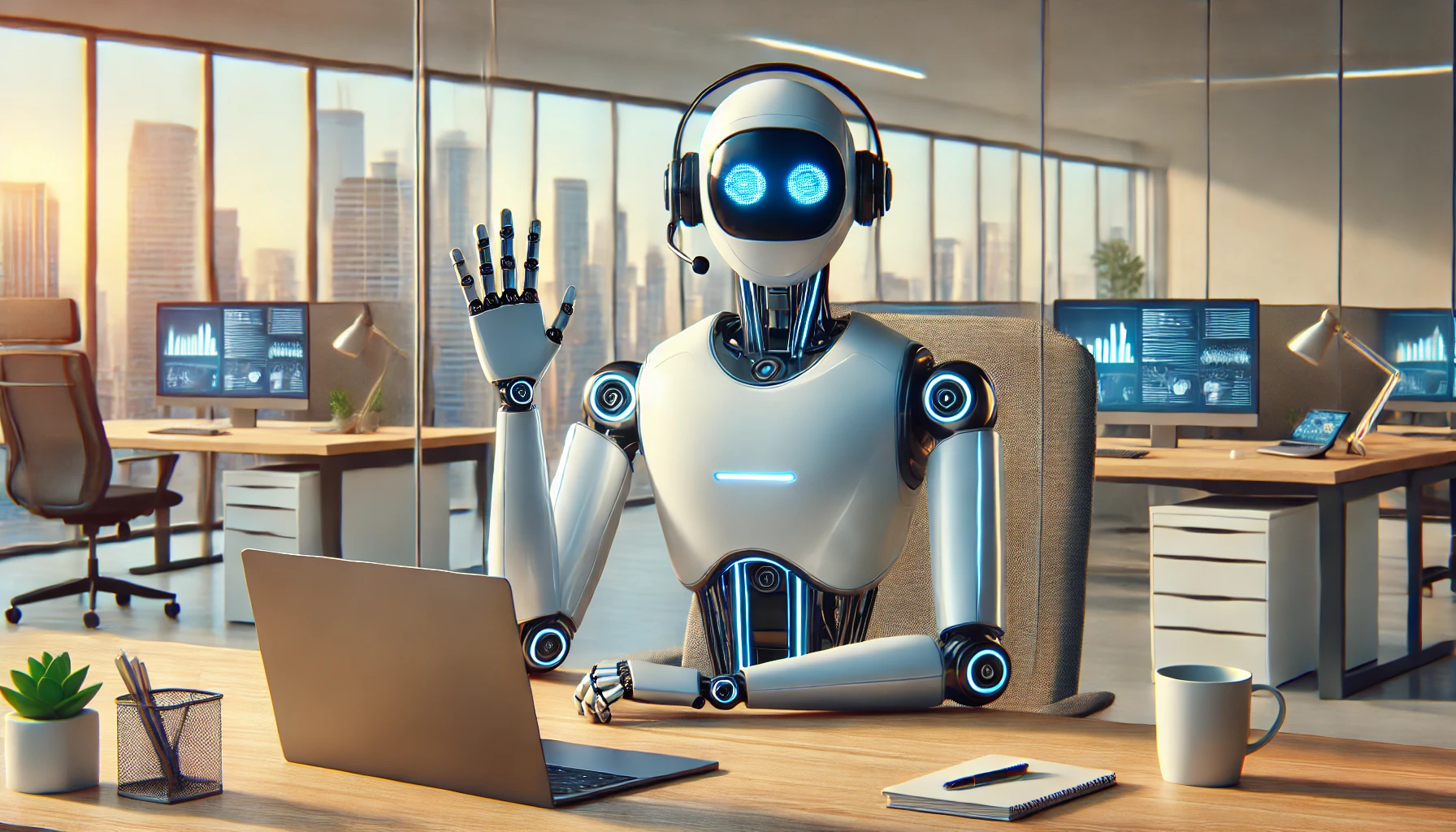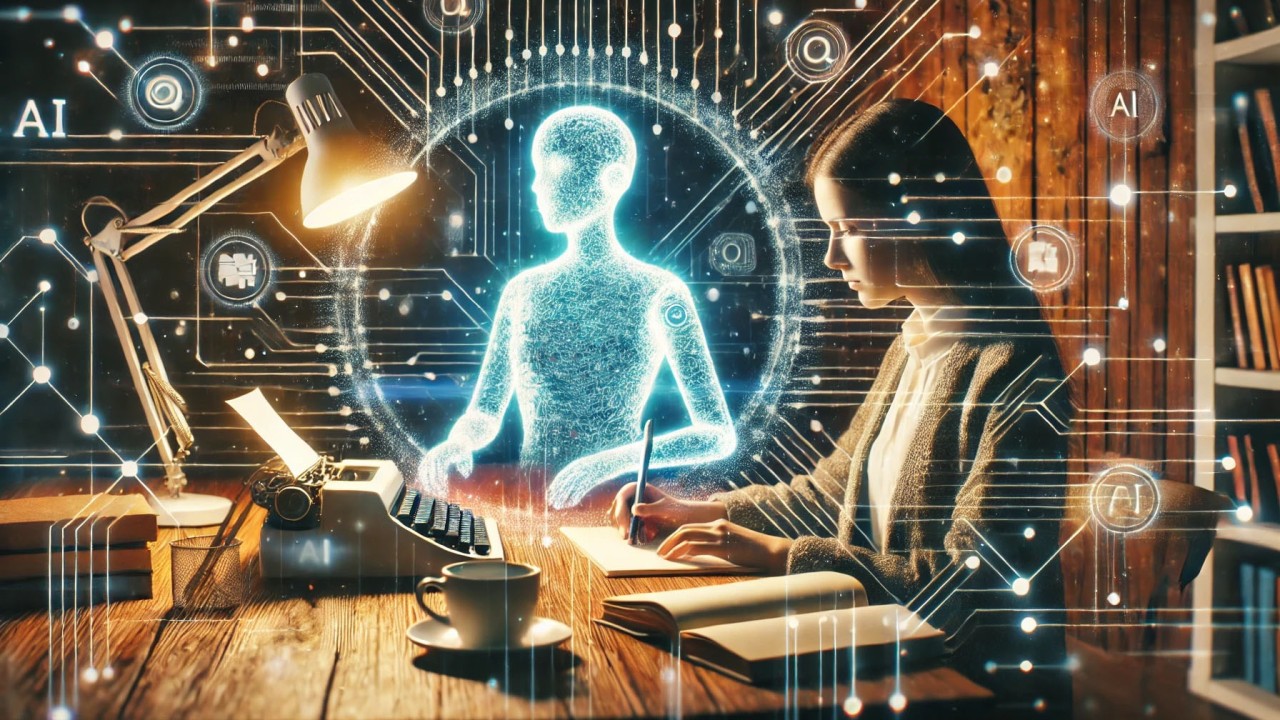Generative AI is no longer a futuristic concept—it’s a present-day reality that’s evolving rapidly. From text generation and image creation to music composition and software development, generative AI is reshaping how we work, create, and interact with machines. But what does the future hold for this transformative technology?
1. More Human-like Creativity
Generative AI will continue to produce increasingly human-like content. With advancements in models like GPT, DALL·E, and Sora, future AI tools will generate content that is not only creative but also contextually aware, emotionally resonant, and tailored to individual preferences.
2. AI-Human Collaboration
The future won’t be about AI replacing humans, but about humans collaborating with AI. Designers, writers, developers, and marketers will work alongside AI tools to speed up workflows, enhance creativity, and focus on higher-level strategic thinking.
3. Real-Time Content Generation
AI will enable real-time content generation for games, virtual reality, customer support, and entertainment. Imagine personalized storylines in video games or AI-generated virtual assistants that interact seamlessly during live events.
4. Personalized Experiences
Generative AI will power hyper-personalized content in education, healthcare, and marketing. Students may receive custom learning modules, patients might get tailored treatment plans, and consumers will see ads or emails written specifically for their interests.
5. Advancements in Multimodal AI
The future of generative AI lies in multimodal models that can process and generate across text, image, video, and audio seamlessly. This means you could ask an AI to create a website with matching visuals, voiceovers, and content—all from a single prompt.
6. Smarter and Safer Models
AI companies are investing in building safer and more reliable models. Future AI systems will be better at understanding context, reducing biases, and avoiding hallucinations (false outputs). Improved alignment techniques will ensure outputs are trustworthy and ethically sound.
7. AI in Research and Innovation
Generative AI will play a significant role in accelerating scientific research. It can generate hypotheses, summarize complex research papers, simulate experiments, and even discover new materials or drug compounds.
8. New Job Roles and Opportunities
As AI takes over routine tasks, new roles will emerge such as AI trainers, prompt engineers, ethicists, and AI content reviewers. Upskilling and reskilling the workforce will be essential to adapt to this evolving landscape.
9. Stronger Regulations and Governance
To manage risks, governments and organizations will establish stricter guidelines and policies for responsible AI usage. These regulations will focus on transparency, accountability, data usage, and fairness.
10. Ethical and Philosophical Impact
As generative AI becomes more sophisticated, society will need to grapple with deeper questions: Can AI be creative? Should AI-generated works be copyrighted? How do we maintain human values in a world of machine-generated content?
Conclusion
The future of generative AI is full of potential, but it comes with responsibility. As the technology grows, so must our commitment to ethical development, transparency, and human-centered innovation. If developed wisely, generative AI will be a powerful ally in solving problems, boosting creativity, and shaping a smarter, more efficient world.







Leave feedback about this